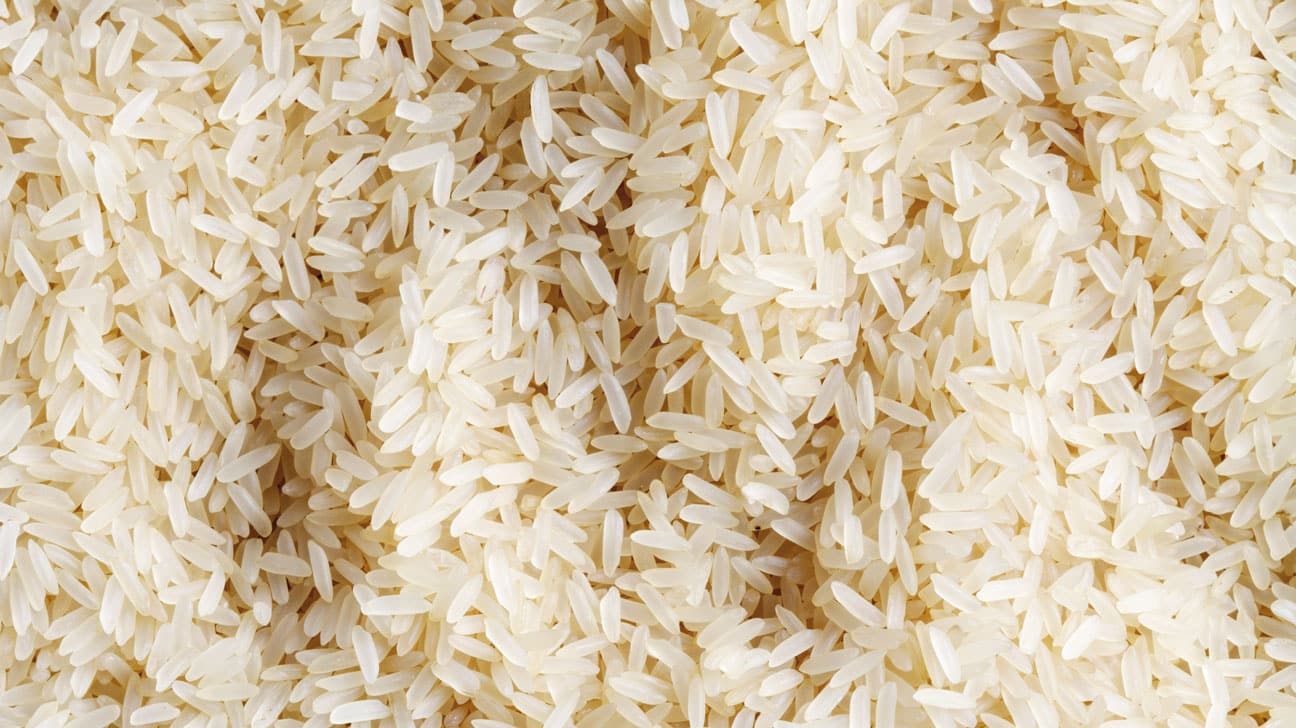About Parboiled Rice:
- Parboiled rice, also called converted rice, is partially precooked in its inedible husk before being processed for eating.
- It happens before rice is milled, that is before the inedible outer husk is removed to yield brown rice but before brown rice is refined to make white rice.
- In some Asian and African countries, people have been parboiling rice since ancient times as it makes the husks easier to remove by hand.
- The main steps of parboiling are
- Soaking. Raw, unhusked rice, also called paddy rice, is soaked in warm water to increase the moisture content.
- Steaming. The rice is steamed until the starch converts into a gel. The heat of this process also helps kill bacteria and other microbes.
- Drying. The rice is slowly dried to reduce the moisture content so that it can be milled.
- Husking: The dried, partially cooked rice is then milled to remove the outer husk. The result is parboiled rice.
- Parboiling changes the color of rice to a light yellow or amber, which differs from the pale, white color of regular rice.
- During parboiling, some water-soluble nutrients move from the bran of the rice kernel into the starchy endosperm. This minimizes some of the nutrient loss that normally happens during refining when making white rice.
- Benefits:
- Parboiling rice improves its texture, increases its shelf life, and provides health benefits.
- Parboiled rice is higher in fiber and protein than white rice.
- Parboiling reduces the stickiness of rice so it yields fluffy and separate kernels once cooked.
- Additionally, parboiling inactivates the enzymes that break down the fat in rice. This helps prevent rancidity and off-flavors, increasing shelf-life
- Notably, parboiled rice has significantly more thiamine and niacin than white rice. These nutrients are important for energy production.
- Potential downsides:
- It’s less nutritious than brown rice.
- It takes a little longer to cook.
Q1) What is starch?
Starch is a carbohydrate, specifically a polysaccharide, composed of glucose molecules linked together through chemical bonds. It is one of the most abundant carbohy.
Source: Govt imposes 20% export duty on parboiled rice; MEP on on basmati coming
Last updated on December, 2025
→ Check out the latest UPSC Syllabus 2026 here.
→ Join Vajiram & Ravi’s Interview Guidance Programme for expert help to crack your final UPSC stage.
→ UPSC Mains Result 2025 is now out.
→ UPSC Notification 2026 is scheduled to be released on January 14, 2026.
→ UPSC Calendar 2026 is released on 15th May, 2025.
→ The UPSC Vacancy 2025 were released 1129, out of which 979 were for UPSC CSE and remaining 150 are for UPSC IFoS.
→ UPSC Prelims 2026 will be conducted on 24th May, 2026 & UPSC Mains 2026 will be conducted on 21st August 2026.
→ The UPSC Selection Process is of 3 stages-Prelims, Mains and Interview.
→ UPSC Result 2024 is released with latest UPSC Marksheet 2024. Check Now!
→ UPSC Prelims Result 2025 is out now for the CSE held on 25 May 2025.
→ UPSC Toppers List 2024 is released now. Shakti Dubey is UPSC AIR 1 2024 Topper.
→ UPSC Prelims Question Paper 2025 and Unofficial Prelims Answer Key 2025 are available now.
→ UPSC Mains Question Paper 2025 is out for Essay, GS 1, 2, 3 & GS 4.
→ UPSC Mains Indian Language Question Paper 2025 is now out.
→ UPSC Mains Optional Question Paper 2025 is now out.
→ Also check Best IAS Coaching in Delhi

















